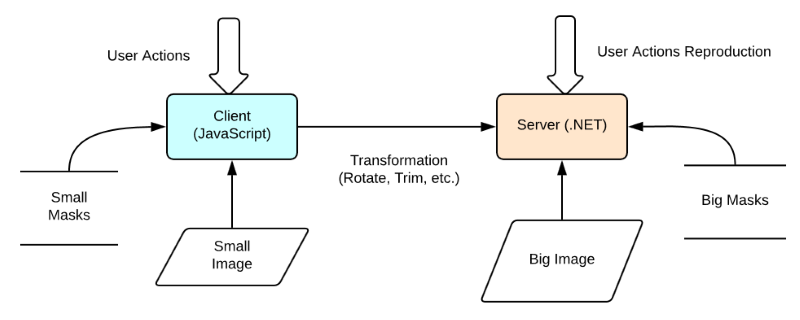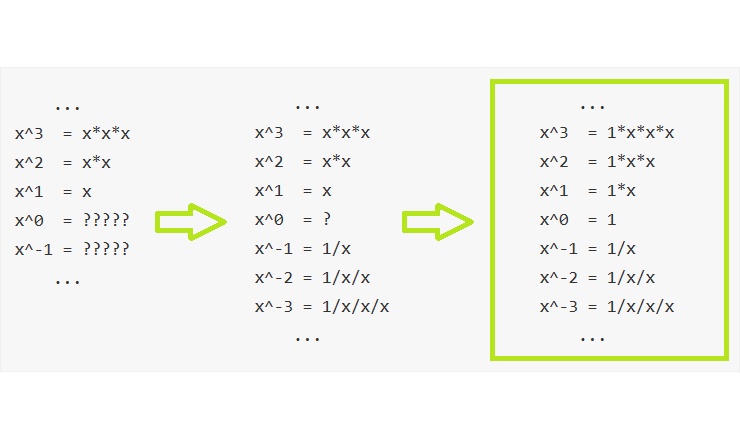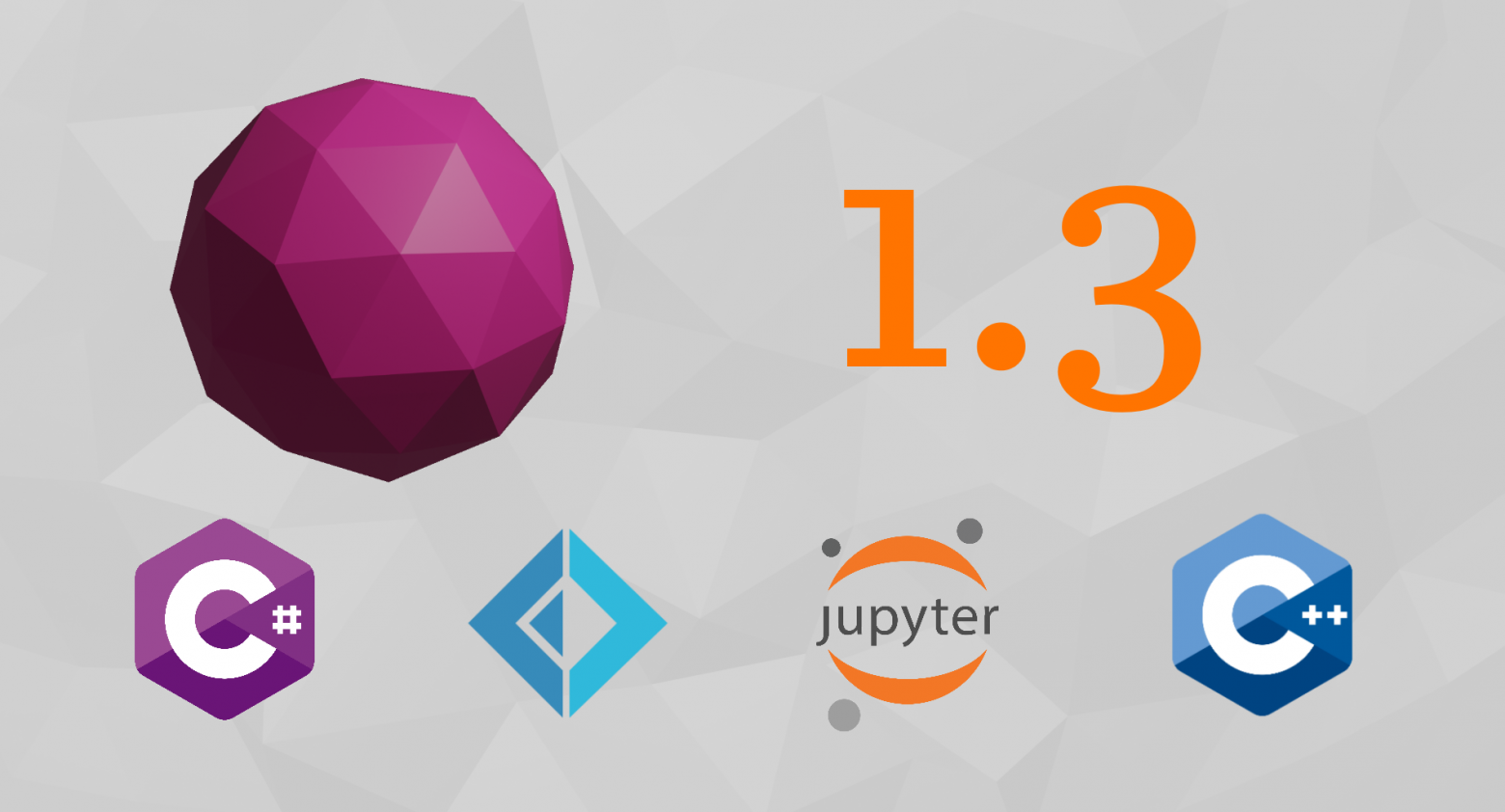Let's help QueryProvider deal with interpolated strings
Specifics of QueryProvider
QueryProvider can’t deal with this:
var result = _context.Humans
.Select(x => $"Name: {x.Name} Age: {x.Age}")
.Where(x => x != "")
.ToList();It can’t deal with any sentence using an interpolated string, but it’ll easily deal with this:
var result = _context.Humans
.Select(x => "Name " + x.Name + " Age " + x.Age)
.Where(x => x != "")
.ToList();The most painful thing is to fix bugs after turning on ClientEvaluation (exception for client-side calculation), since all Automapper profiles should be strictly analyzed for interpolation. Let’s find out what’s what and propose our solution to the problem.




 This chapter was translated from Russian jointly by author and by
This chapter was translated from Russian jointly by author and by 












